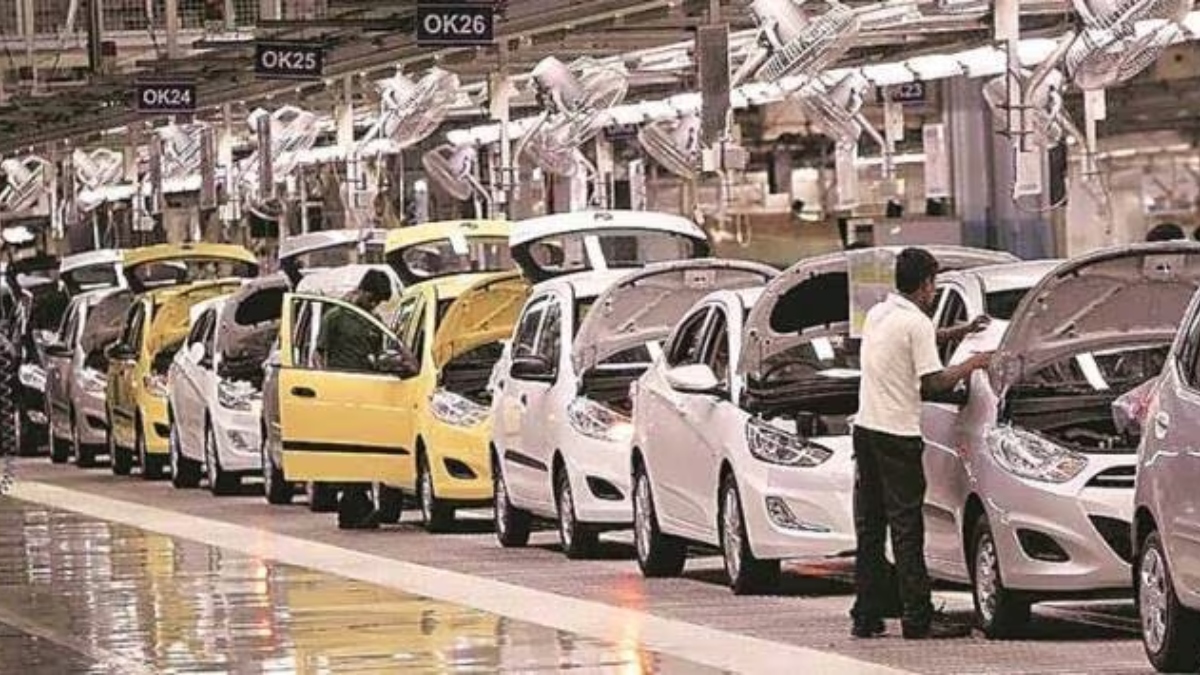Few inventions have reshaped modern society as profoundly as the automobile. From its humble beginnings as a mechanical curiosity to its current role as an emblem of technological prowess and personal freedom, the car has become far more than just a means of transportation. It is a cultural icon, a reflection of progress, and increasingly, a focal point in the global dialogue on sustainability and innovation.
The automobile’s story is a chronicle of human ambition. When Karl Benz unveiled his Motorwagen in 1886, few could have imagined the sweeping changes this three-wheeled contraption would usher in. The idea of personal mobility, once a luxury reserved for the elite, began to permeate all levels of society by the early 20th century, thanks in large part to Henry Ford’s revolutionary approach to mass production. The Model T did not merely bring cars to the people—it transformed them into active participants in the shaping of modern infrastructure, economies, and lifestyles.
Yet the automobile has always been more than the sum of its parts. For over a century, it has been a canvas for design innovation and a mirror reflecting the aspirations and anxieties of its time. In the sleek, aerodynamic silhouettes of the post-war era, one sees the optimism of a world recovering from conflict and dreaming of the future. In the muscle cars of the 1960s and ’70s, there is rebellion and power, a countercultural roar against conformity. Even the rise of the compact hatchback in the 1980s speaks volumes about shifting priorities—economy, efficiency, and urban practicality.
In recent decades, the automobile has undergone yet another metamorphosis, one rooted in the convergence of digital technology, environmental consciousness, and new mobility philosophies. We are now firmly in the era of the “smart” car—vehicles equipped with sophisticated sensors, connectivity, and increasingly, autonomous capabilities. A car is no longer just a machine; it is a data center on wheels, capable of real-time decision-making and complex human-machine interaction.
Electric vehicles (EVs) epitomize this transformation. Once considered a niche product with limited range and appeal, EVs have rapidly gained traction as viable alternatives to internal combustion engines. Tesla, once a fringe disruptor, now stands shoulder-to-shoulder with legacy manufacturers, not just in sales but in setting the tone for innovation. Meanwhile, established brands such as Mercedes-Benz, BMW, and General Motors are pouring billions into electrification, signaling a collective industry shift that is as much about strategic survival as it is about environmental stewardship.
However, this new chapter of automotive evolution is not without its challenges. The infrastructure to support widespread EV adoption remains a work in progress in many parts of the world. Charging stations, battery production, and grid capacity must all scale rapidly to meet growing demand. Moreover, the environmental benefits of EVs hinge not only on tailpipe emissions—or the lack thereof—but on the broader lifecycle impact of battery mining, manufacturing, and disposal. It is a complex calculus that demands transparency and innovation across the entire supply chain.
Beyond electrification, autonomous driving presents a paradigm shift with equally profound implications. If successful, self-driving cars promise to reduce accidents, ease congestion, and redefine commuting. But the road to autonomy is strewn with technical, ethical, and regulatory hurdles. Even the most advanced systems struggle with the unpredictability of real-world driving conditions. Questions of liability, privacy, and algorithmic fairness loom large. Still, the momentum is unmistakable. With each incremental advance, the concept of the driverless car inches closer to reality.
Yet amid all the technology and transformation, we must not lose sight of what the automobile represents at its core: human experience. The freedom to take a spontaneous road trip, the joy of a spirited drive along a coastal highway, or the quiet solitude of an early morning commute—these are the moments that define our relationship with the car. As mobility becomes increasingly digitized and commoditized, preserving this emotional dimension will be essential. There is a risk that in our pursuit of progress, we might inadvertently strip the automobile of its soul.
Looking ahead, the future of the automobile will likely be shaped by integration rather than replacement. Traditional cars will not vanish overnight, nor will internal combustion engines disappear in a blink. Hybrid models, transitional technologies, and regional variations will coexist in a complex, evolving ecosystem. Urban centers may prioritize shared mobility and micromobility options, while rural areas continue to depend on personal vehicles. The path forward will not be linear, but it will be dynamic.
In this new automotive landscape, consumers are not just buyers—they are participants in a larger conversation. They influence trends, push for ethical practices, and demand more from manufacturers than ever before. The car is no longer a static object purchased every few years; it is an extension of identity, values, and lifestyle.
In closing, the story of the automobile is far from over. In fact, it is arguably entering its most consequential chapter yet—one defined by innovation, responsibility, and a renewed understanding of mobility. Whether we view the car as a marvel of engineering, a cultural artifact, or a solution to contemporary challenges, one thing remains clear: the journey is far from finished, and the road ahead promises to be every bit as transformative as the one we’ve already traveled.











